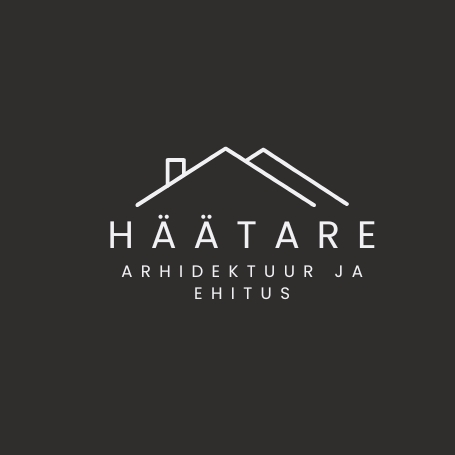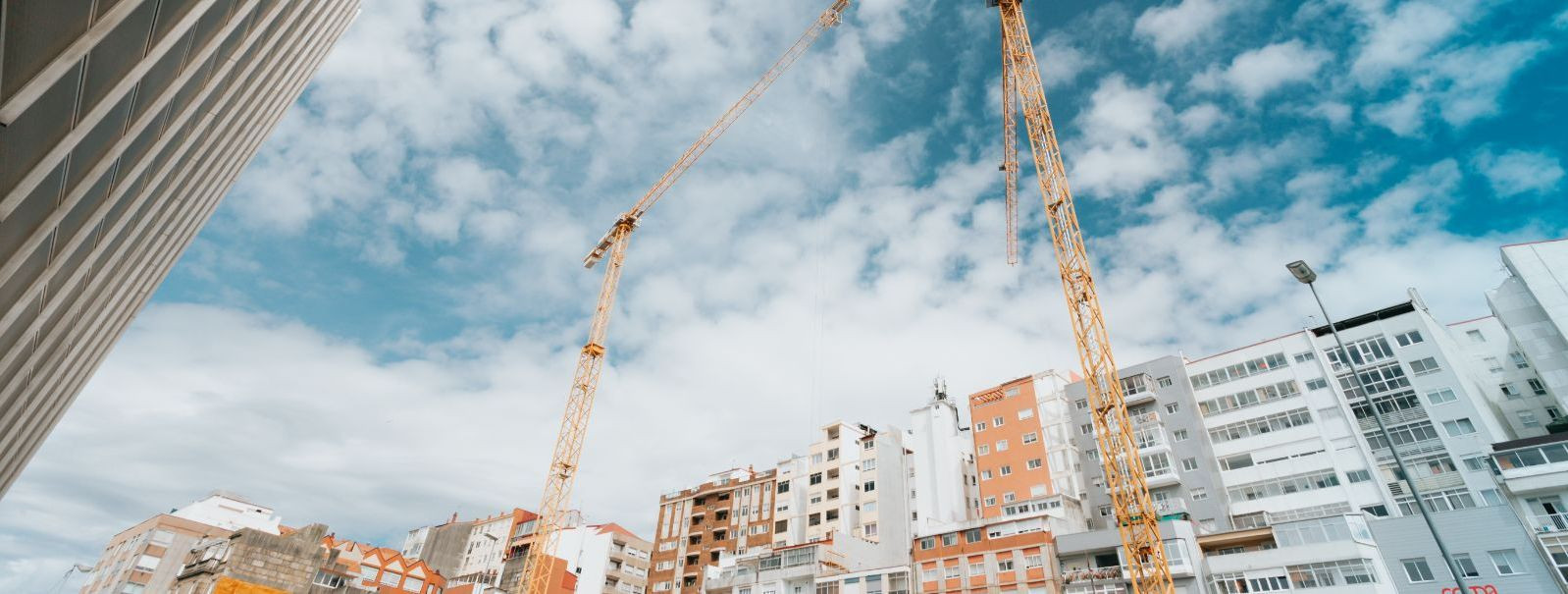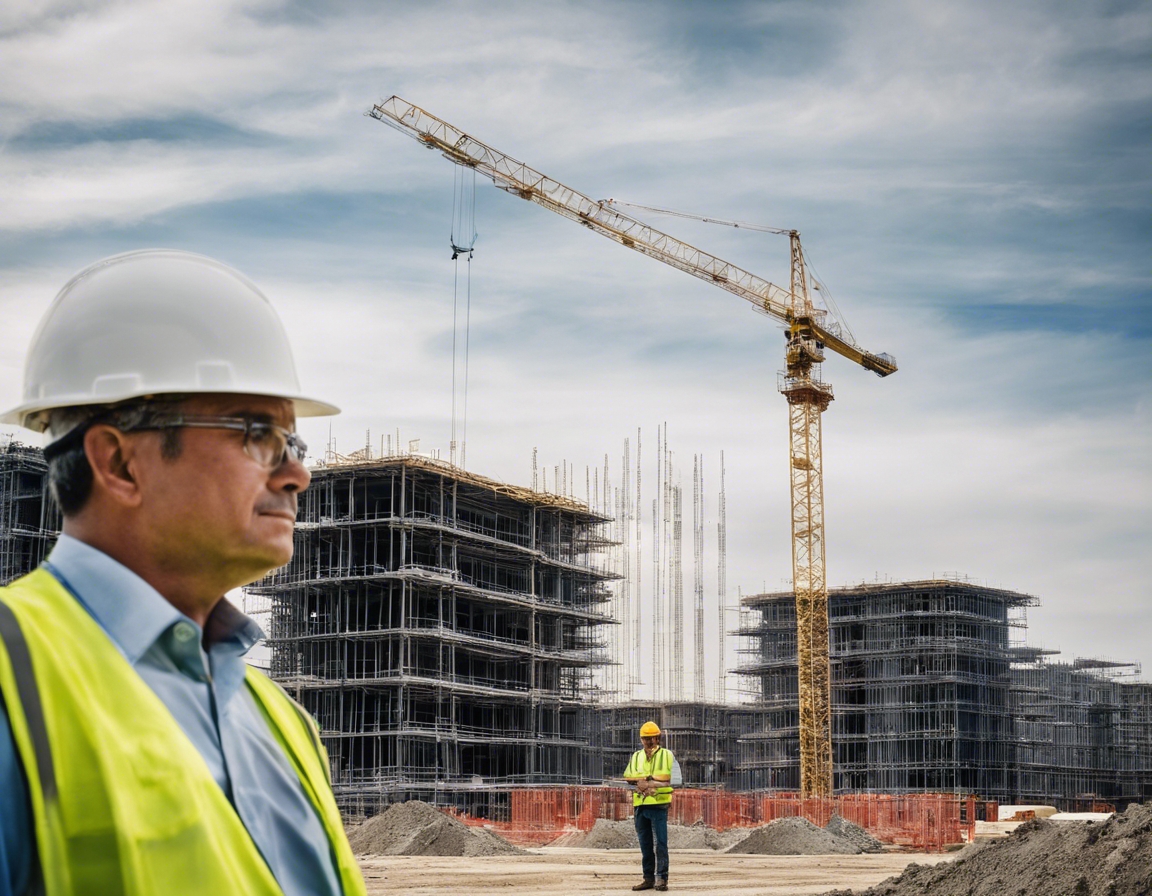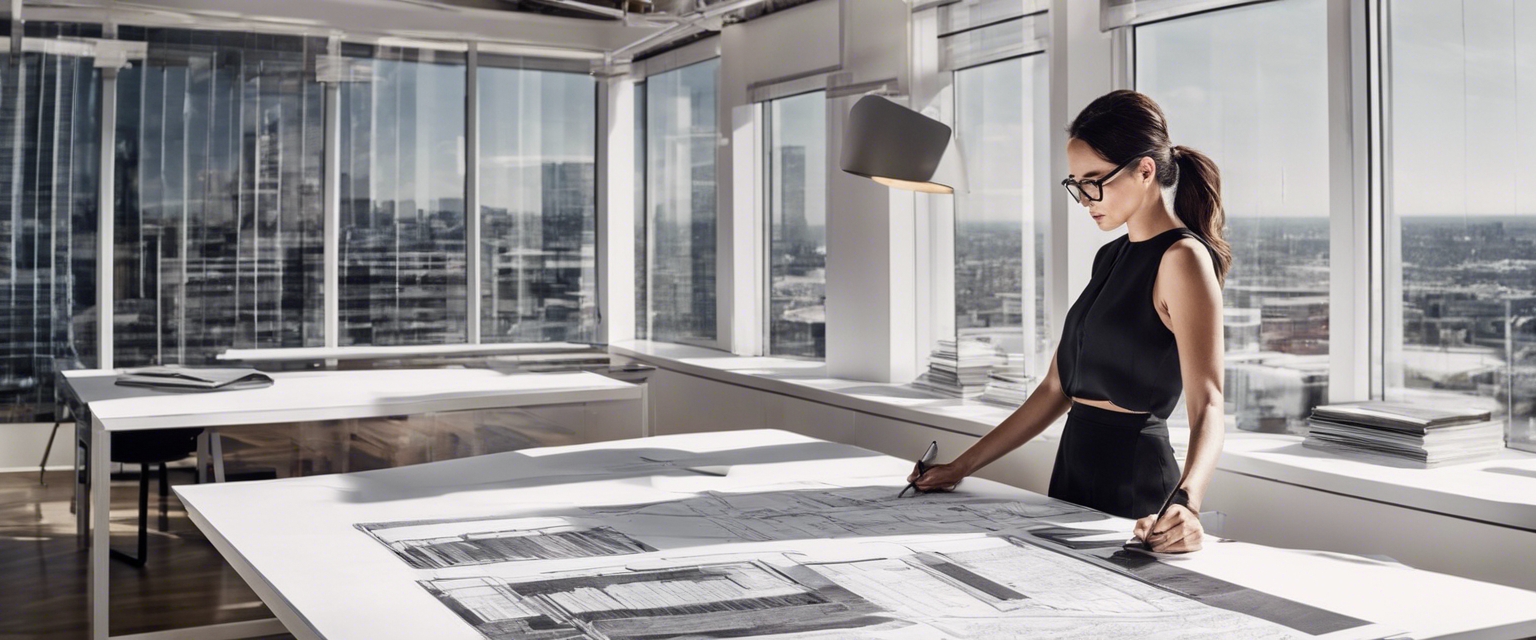5 trends shaping the future of urban design
The urban landscape is continuously evolving, driven by a myriad of factors including technological advancements, environmental concerns, and changing human behaviors. As we look to the future, several key trends are emerging that promise to shape the face of urban design. HÄÄTARE OÜ, at the forefront of architectural innovation, is poised to guide clients through these transformative times.
1. Sustainable and Resilient Urban Landscapes
Urban design is increasingly focusing on sustainability, with green infrastructure becoming a cornerstone of new developments. This includes the integration of parks, green roofs, and urban farms that not only enhance the aesthetic appeal of cities but also contribute to biodiversity and help manage stormwater.
With climate change posing significant risks to urban areas, resilience is becoming a priority. Urban design now incorporates features that withstand extreme weather events, reduce heat islands, and offer adaptive solutions to rising sea levels.
2. Technological Integration in Urban Spaces
Technology is being seamlessly integrated into urban environments. Smart city initiatives leverage IoT devices, AI, and other technologies to optimize resource use, improve traffic flow, and enhance public safety.
Data analytics play a crucial role in understanding and improving the functionality of urban spaces. By analyzing patterns and trends, urban planners can make informed decisions that lead to more efficient and livable cities.
3. Human-Centric Design
Urban design is shifting towards a more human-centric approach, prioritizing walkability and accessibility. This trend fosters healthier lifestyles and reduces reliance on vehicles, contributing to a more sustainable urban environment.
The creation of public spaces that encourage community interaction is vital. These areas serve as the social heart of cities, where people can gather, relax, and engage in community activities.
4. Mixed-Use Developments
Mixed-use developments are on the rise, blending residential, commercial, and recreational spaces into cohesive communities. This approach promotes convenience, reduces transportation needs, and fosters a sense of community.
These developments offer numerous benefits, including economic vitality, increased housing options, and vibrant, active neighborhoods that cater to a diverse population.
5. Adaptive Reuse and Urban Regeneration
Adaptive reuse is a sustainable approach to urban development that involves repurposing old buildings for new uses. This trend not only preserves cultural heritage but also revitalizes urban cores.
Urban regeneration projects breathe new life into neglected areas, transforming them into dynamic parts of the city. These projects often combine historical preservation with modern amenities, creating unique and attractive urban spaces.






Comments (0)